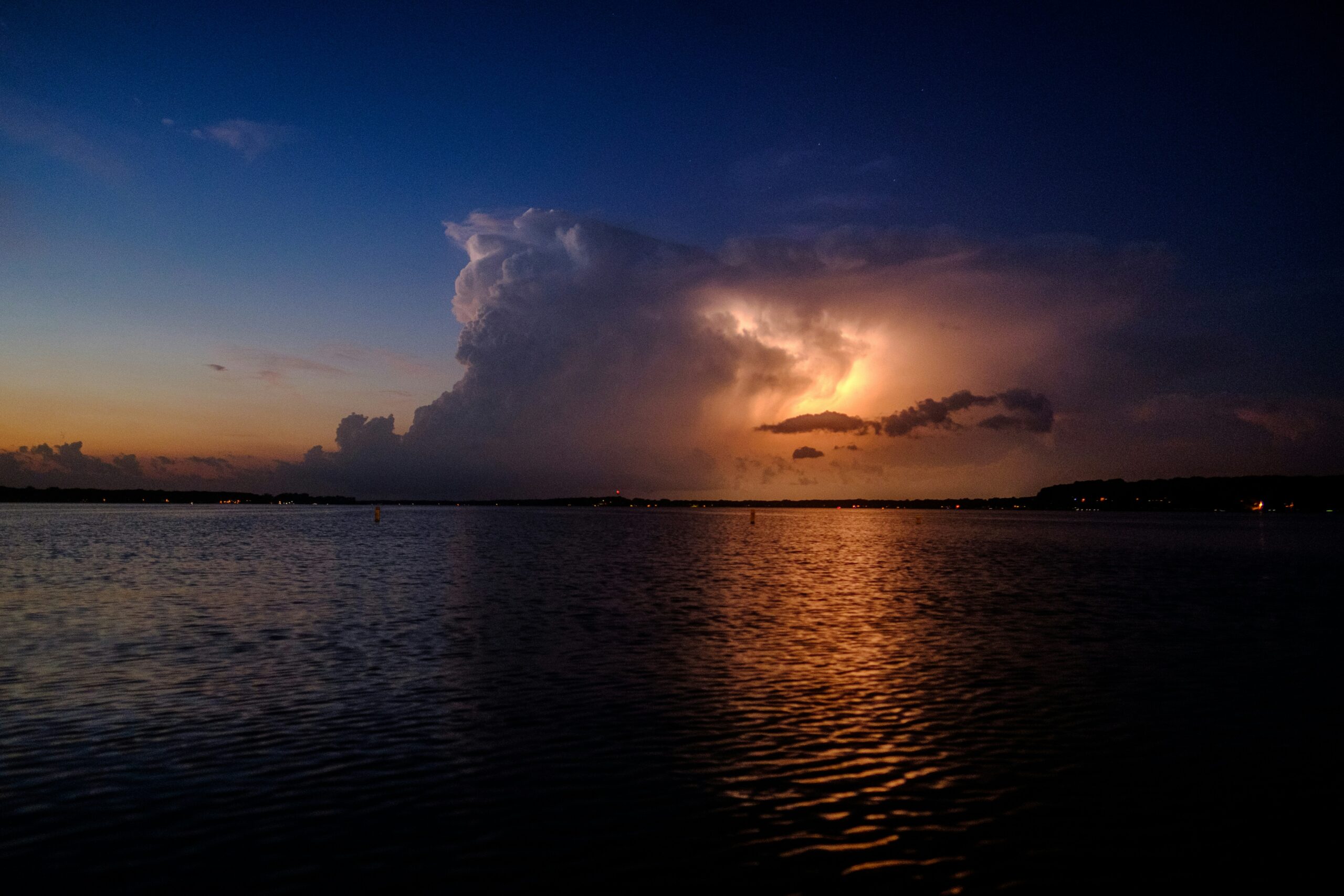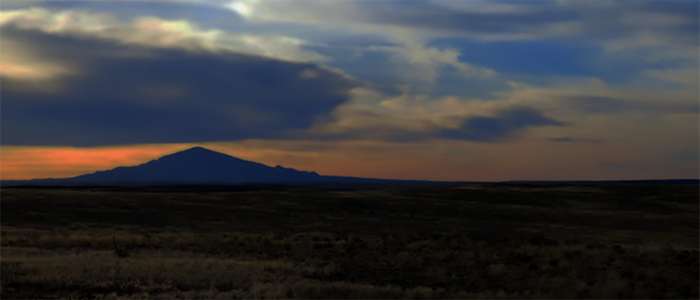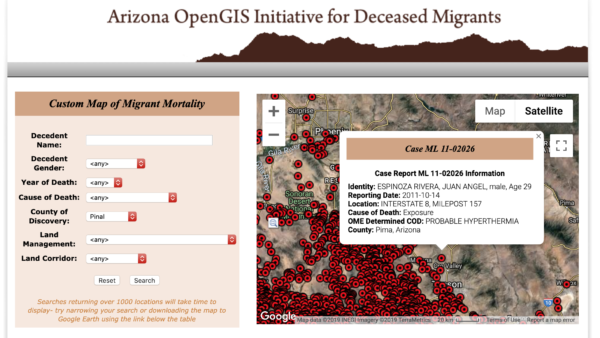If we are to have another contest in the near future of our national existence, I predict that the dividing line will not be Mason and Dixon’s but between patriotism and intelligence on the one side, and superstition, ambition and ignorance on the other.
Category: Loss
An 80-year-old Letter
Beginning of the End Day—Year 80
“Instead of “Thank you for your service,” try, “We’re sorry you had to expend your blood, sweat, tears and toil to clean up our monumental failings.” Every time you meet one of the dwindling numbers of WWII veterans (and those of all the other magnificent little American wars we’ve fallen into), keep your mouth shut and your brain focused on peace. These “Greatest Generation” folks answered the bell and won the fight. We might not be as blessed next time.”
It was a Cold and Boring Night
“To me, as a gay boy, hugging another boy was perfectly natural. It always has been, it always will be. I always felt instinctively somehow that people would disapprove and say I was naughty. And I always felt instinctively that I knew what I wanted and I was going to have it and all those disapproving people could just go suck eggs and pound sand. Even at the height of the worst spiritual and sexual repression that Oklahoma and its churches could dole out, my inner belief has always been the same. There’s nothing wrong with me. I’ve known who I am and what I wanted since I was at least five. And everyone else who is not onboard with that can go over Niagra Falls without a barrel.”
Beginning of the End Day
“Instead of “Thank you for your service,” try, “We’re sorry you had to expend your blood, sweat, tears and toil to clean up our monumental failings.” Every time you meet one of the dwindling numbers of WWII veterans (and those of all the other magnificent little American wars we’ve fallen into), keep your mouth shut and your brain focused on peace. These “Greatest Generation” folks answered the bell and won the fight. We might not be as blessed next time.”
Capital Destroys All It Touches
“What’s our death toll up to in this week’s boutique pay lots of money and die fashionably sweepstakes? 19?”
Where Are the Bodies? We Have an App for That.
“The information presented is stark and perhaps unsettling.”
Another Anniversary
It’s been TWELVE (12)!!! years??! Holy cow. In spite of all the special dogs (Feargal, Fergus, Fred, Roux, Sascha, Bosco, Goose, Tessa and now Charlie) we’ve had since Bayley crossed the Rainbow Bridge, the first dog who enters your life always leaves the most special imprint on your heart. And Bayley was indeed a special…
German Roofer Finds Message from Grandfather
A message in a bottle on the roof of a Goslar, Germany, cathedral was found by the grandson of the writer. An authentic lesson from history: “On March 26, 1930, four roofers in this small west German town inscribed a message to the future. “Difficult times of war lie behind us,” they wrote. After describing…
Remembering the Past
Remembering Bill Schock on his 100th birthday … and the 52nd anniversary of Braniff 250 in Falls City. Also … feeling old from … time flying and stuff. Since the AM2431 crash in Durango a few days ago appears to be from weather-related causes, never forgetting the lessons of BN250, as well as CO426, OZ809,…
For Bill
Back in 2014, I included a chapter in my book detailing Bill Schock’s war experiences as they related to his reporting on the crash of Braniff International flight 250 in 1966.
A Final “Hangin’ Out the Warsh”
«This is Bill’s final column» out of countless ones he wrote over 71 years for the Falls City Journal. With this column, he said farewell; the Journal has been sold and moved to a much smaller space in downtown Falls City which it had occupied until 1950. It’s all extremely symbolic of the state of…
More Grief
This is kind of like how I feel about my (possibly four) upcoming surgeries: I don’t want to do this, but I have to, and I hate it. Received a kind e-mail yesterday telling me of the death of Bill Schock of Falls City, NE, on Thursday evening, six weeks short of his 100th birthday….
We Are … Human Shields
This is our reality … (another in a series): We are human shields. Posted by Steve Pollock on Tuesday, February 20, 2018
January is a Killer Month
It's the Mirror, so not exactly the greatest source, but the stats they cite are valid. We have now lost four men who… Posted by Steve Pollock on Tuesday, February 6, 2018
Pics of David
Just some pics of David Garms I happened to find easily while waiting for sleep to arrive after this truly horrible… Posted by Steve Pollock on Thursday, February 1, 2018
David's Obit
[Here’s an obit of sorts to go with the post I just added above. Writing obits is what I used to do professionally … when there’s a death in a community, the men mow the deceased’s yard and the women start gathering food. Me? I write obits. Sorry.] David Andrew Garms, 50, died the morning…
Farewell David
Frank and I are beyond sad and shocked to have to announce the death this morning of our longtime housemate David Garms. (This is not about me, and apologies there are so many “I”‘s in here, but I canNOT believe I’m writing this.) David was 50. This was an unexpected sucker punch. And so I’m…
Same Here
There’s this thing that has been closely guarded for going on 40 years in 2018. It’s my secret. So as it hits its 40th birthday in our new year, I decided it’s time to tell the world.
Rose Marie Passes
Some three hours ago, the legendary Rose Marie tweeted about opening the Flamingo Hotel in Las Vegas 71 years ago this… Posted by Steve Pollock on Thursday, December 28, 2017
David Cassidy, RIP
Yowza. Posted by Steve Pollock on Tuesday, November 21, 2017
American Carnage: 10-Nov-17
Peckerwoods! What we learned this week: • Comedian Louis CK and Crusading Crazy Ass Roy Moore were accepted into that venerable old boy’s club, that newly-open-to-didlers-from-outside-the-church institution, The Ancient and Venerable Order of Priests Expecting Complete, Knightly Exoneration; Rewarded With Oodles Of Dancing Students (a.k.a. “P.E.C.K.E.R.W.O.O.D.S.”) Golf and Country Club. Greeting them at the door…
The Killing of Jo Cox
“She would have wanted two things above all else to happen now, one that our precious children are bathed in love and… Posted by Steve Pollock on Thursday, June 16, 2016
Farewell, Patty Duke
"I've come to believe that whoever I am didn't start on December 14, 1946, and isn't going to end on whatever that… Posted by Steve Pollock on Tuesday, March 29, 2016
The Final Passing of American Journalism
“And that’s the way it is …” Walter Cronkite It feels as if the last bit of actual journalism in America is now dead. In «What We Lose With Cronkite’s Death», Bruce Maiman sums it up pretty well: “… it’s a reminder, too, that the broadcasting style and journalistic credibility that Cronkite represents also seems…
And Then There Was Maude …
Sad news today: «Bea Arthur passed away at 86 from cancer»: ‘Beatrice Arthur, the tall, deep-voiced actress whose razor-sharp delivery of comedy lines made her a TV star in the hit shows “Maude” and “The Golden Girls” and who won a Tony Award for the musical “Mame,” died Saturday. She was 86. Arthur died peacefully…
Farewell, Pookus.
Bayley Murphey Beagle 20-Aug-1994 — 2-Mar-2007 Dear Bayley Murphey, Thank you for being such a wonderful and good dog, a loving companion, for keeping us sane, for loving us unconditionally, for being such an incredibly important part of our lives for 12-and-a-half years. Thank you for putting up with all the picture-taking, ear rubbing, nail…
Farewell, Artemis the Sweet
The rainy weather here in Ann Arbor is appropriately weepy this morning. It is with a very heavy heart that I have to note the passing of Artemis, the sweetest, most wonderful black lab in the world. Artemis’ dad, Don, called me this morning from Oklahoma City with the news that she left us Friday…
Some Sad News
Just got an extremely sad e-mail from Donpy … Artie-moose isn’t doing well. Sudden tumor growth, bad cancer. Should know on Wednesday whether she’s going to make it. But since she’s approaching 13, it doesn’t look good. I just burst out bawling tonight and am still kinda crying. It’s extremely sad. She was the best…













